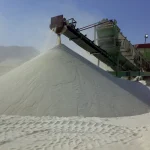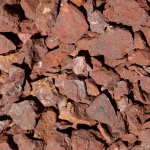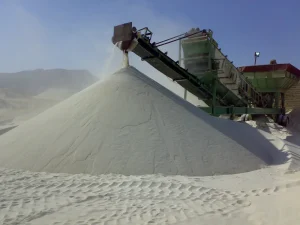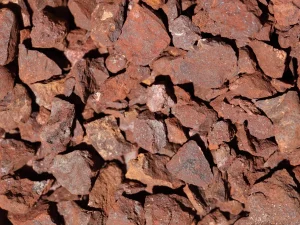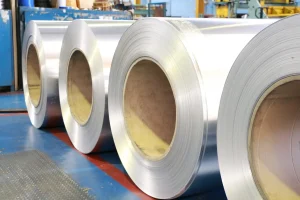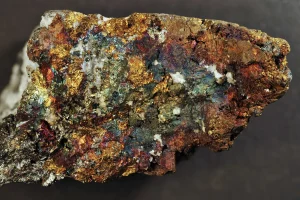Lime is one of the minerals that the general public is less familiar with and rarely sees its traces in their lives. But lime is one of the most widely used minerals that plays an important role in our lives. Lime is usually used in the production of materials such as steel, paper and glass. Also, agriculture, construction and food industry are also largely dependent on lime. Industrial lime is usually obtained from limestone or chalkstones, which are found in abundance around the world.
The word lime usually refers to a group of different materials with different characteristics. Considering this point, it is important to know exactly what is meant by lime in any place. During this article, after a brief explanation about lime, we will try to list the industrial uses of lime and provide explanations.
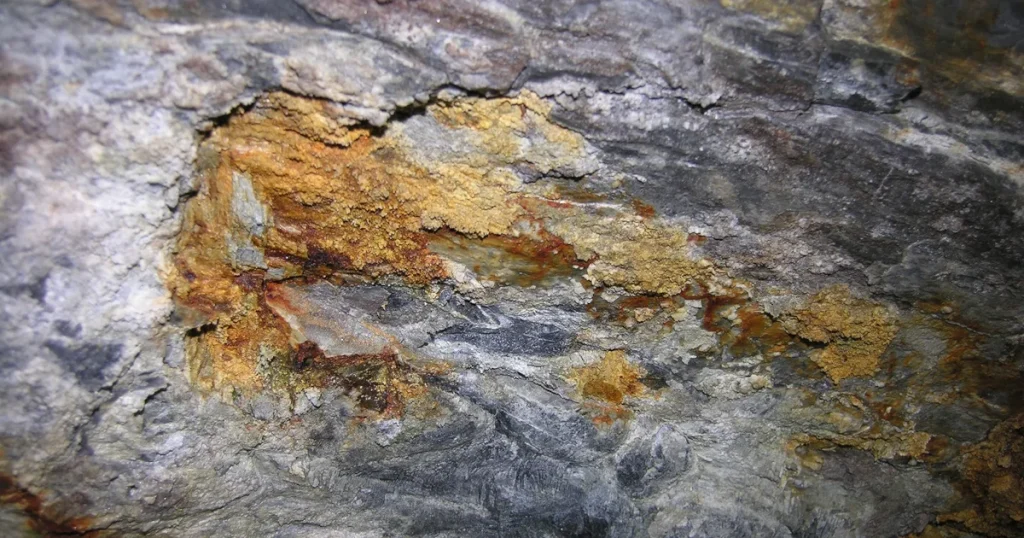
What are the industrial applications of lime?
Lime is a very useful mineral that has many uses in various industries. Among the industries where lime is used, steel industry, chemical production, medicine, food industry and agriculture can be mentioned.
Steel production
Perhaps the biggest use of lime is in the steel production industry. Lime is used to separate impurities during steel production. Moreover, the steel sheets are covered with lime, which acts as a protective layer against rust.
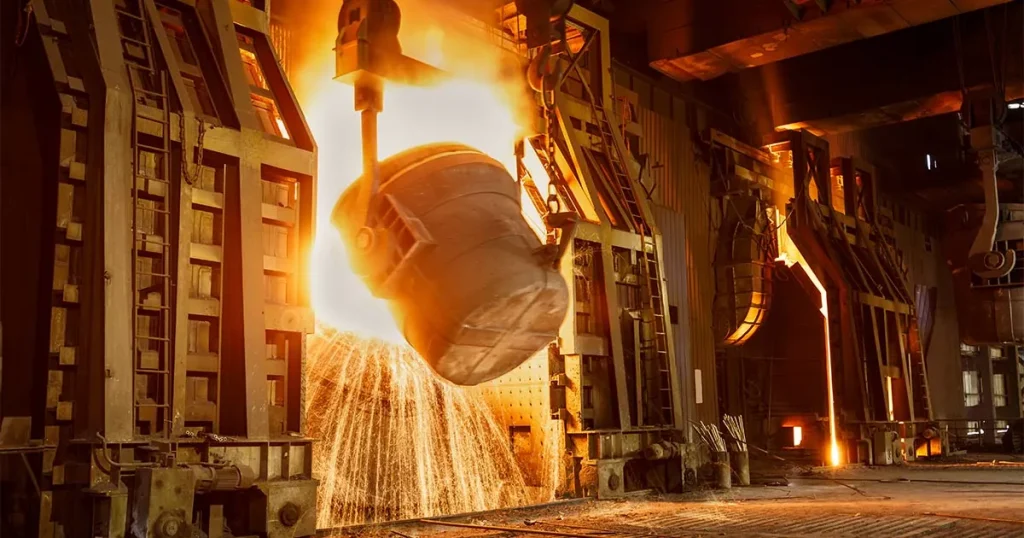
Production of sugar
Sugar and sugar cubes obtained from sugar cane and sugar beet are dependent on lime. Lime is used to separate impurities and increase their p H. Before the final packaging of the product, its lime is separated and then is sent to the consumer.
Agriculture
lime is used to neutralize soil acid and balance soil p H. This makes the soil ready for better growth of plants and agricultural products.
Water purification
Many of the impurities in the water, especially if they are caused by the waste of the factories, are in acid form, which severely cause pollution and corruption. Lime can settle many of these impurities in addition to regulating water flow.
Food storage
Carbon dioxide in the air causes food such as fruits and vegetables to spoil quickly. The presence of lime bags near fruits and vegetables causes carbon dioxide to be absorbed by these bags therefore, the amount of oxygen in the environment increases. For this reason, the presence of lime can cause better preservation of food.
Production of calcium-based substances
Lime is used in the production of many organic and chemical substances containing calcium. As we know, salts are the result of the combination of an alkaline substance and an acidic substance. Lime with the combination of many acids can lead to the production of salt.
De-icing asphalt surface
In many cases, salt and sand are used to de-ice the asphalt surface. But unfortunately, this combination often leads to asphalt corrosion and damage. To prevent this problem, magnesium calcium acetate can be used, which does not corrode asphalt. Dolomite lime and acetic acid are used to produce this material.
Construction Industry
Lime is also used for construction. One of the uses of lime is to blend it into cement. Adding lime to cement increases its strength and prevents cracks and fissures in the cement texture. Lime is also used in making plaster.
related articles : Building materials and their uses
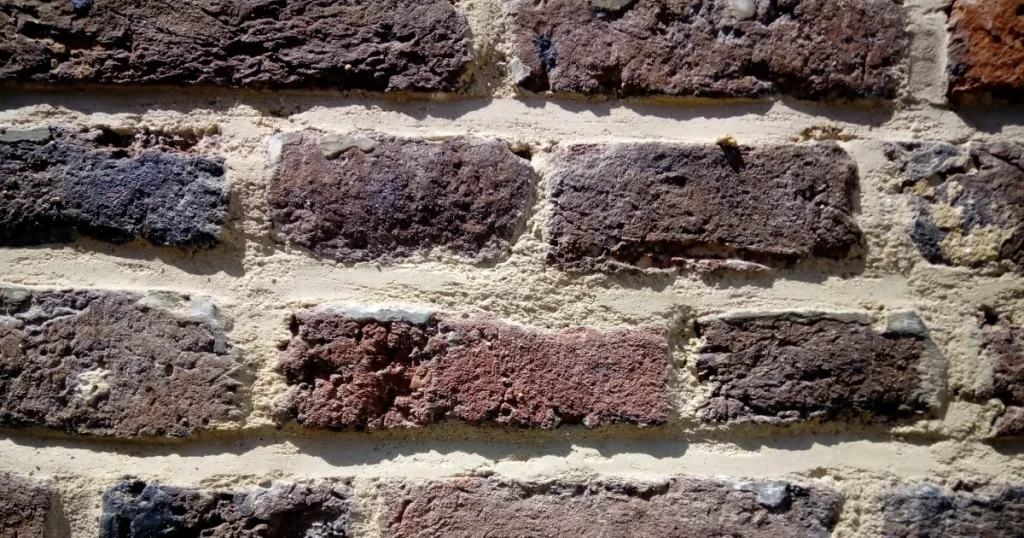
Last word
Lime is one of the most widely used minerals used by humans. This valuable substance is used in industries, agriculture, food production, preservation, etc. One of the applications considered for lime in recent years is in the field of environment such as water and soil purification. However, the most common use of lime is its use in steel production. Furthermore, adding lime to asphalt makes a better cohesion, prevents it from cracking, and makes it last longer.


